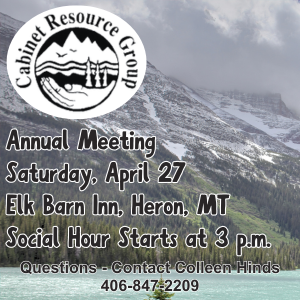Other Viewpoints:
Treating corporations as individuals
July 19, 2018
“The rise of corporate dominance and the theft of human rights.” That grabs your attention, right? It is the subject of the book Unequal Protection — How Corporations Became People, and How You Can Fight Back by Thom Hartmann, and not a new subject by any means. There have always been a few wealthy, aggressive people who seem to want to exercise control over the general population.
Before our modern industrial age, it was a feudal system of kings, queens and divine rights. Thomas Jefferson fought hard to include the phrase “freedom from monopolies” in the Bill of Rights. And he had serious opposition from fellow founding fathers who thought the power should be in the hands of the elite. Most of us would rather live minding our own busy lives anyway, right?
Here’s what happens while good citizens are minding their own business. When the Fourteenth Amendment was ratified in 1868, the intention was for all citizens to be equal and have equal opportunity. The first article of the amendment begins with “all persons” and ends with “equal protection of the laws.”
One of the first cases before the Supreme Court involving the Fourteenth Amendment was five years later and did not involve slaves, but the railroads who sought rights as persons. Four years after that, in 1877, four more cases from the railroads reached the Supreme Court. The railroads argued that governments could not tax them or regulate their fees or activities in differing rates. The railroads argued that the federal government cannot interfere to such an extent in the lives of “persons” because different laws and taxes in different states and counties represented illegal discrimination against the “persons” of the railroad under the Fourteenth Amendment.
The railroads lost those cases because they are not persons. The Supreme Court ruled that railroads do not require clean air and water, and they don’t die. However, the railroads continued to try. In 1886, Santa Clara County, California, sued the Southern Pacific Railroad for taxes due. Relying on precedent, the court found in favor of the county and ordered the railroad to pay up.
Today this decision has been used, erroneously, as the basis for the rights of corporations as persons, under the Fourteenth Amendment. Although IT NEVER HAPPENED. There was no Supreme Court decision granting corporations status as natural persons.
There was, however, handwritten notes by court reporters who were also attorneys at the time. Without recording devices, these notes supplied an account of the proceedings and were not considered law. Most attorneys at that time had worked for the railroads at one time or another and had argued the corporations as persons argument. The court reporter, J.C. Bancroft Davis, is said to have misquoted Chief Justice Morrison Remick Waite in a “headnote,” not a legal document. Referring to the Santa Clara case as precedence, relying on the court report and without looking at the ruling, other corporations have assumed the same rights as persons in a court of law.
In the next 24 years, 307 cases were brought before the Supreme Court citing the Fourteenth Amendment. Only 19 dealt with African Americans. The rest of the suits, 288, were brought by corporations using the rights of natural citizens.
A few interesting factoids about Justice Waite: He was probably a pretty popular guy at the time, except in the south. He had just helped sue the British government for helping the Confederate Army and had won $15.5 million for the U.S. Even though he had past affiliations with the railroad corporations, he was considered to be an impartial judge. He took ill during the 17 months the Supreme Court was debating the case and died in 1888, shortly after the “decision” was handed down.
He probably did not even know about Davis’s misquote.




Reader Comments(0)